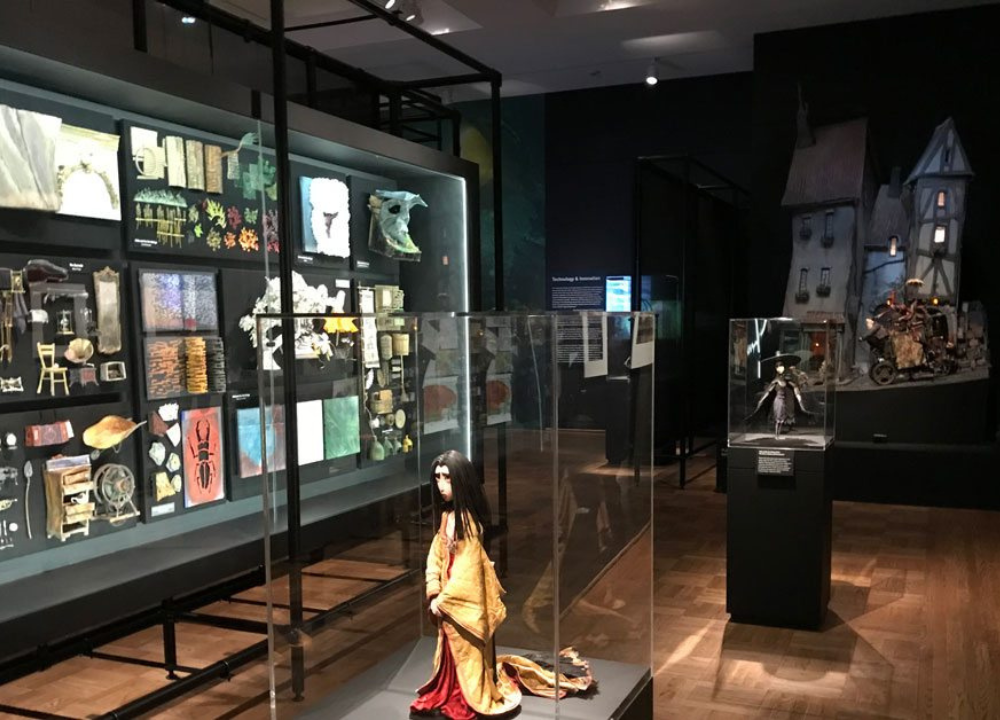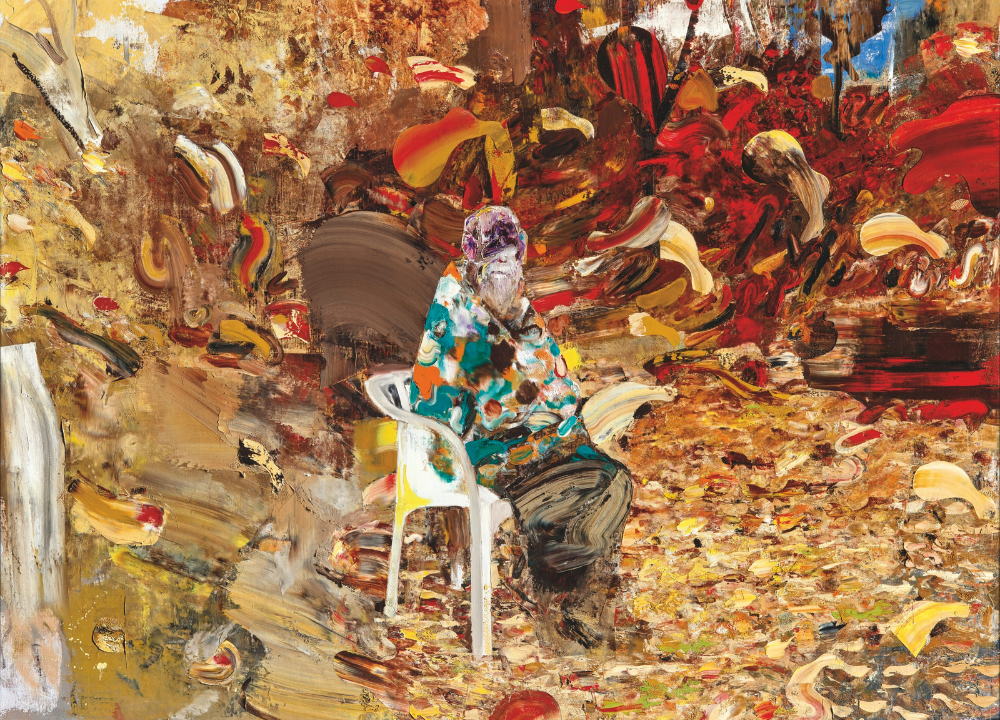Have you ever noticed how a single color can change the whole feeling of a painting? Viridian green is one of those magical shades.
It brings the fresh, calming beauty of nature right onto the canvas. When you see viridian green in art, it connects you to forests, leaves, and the quiet strength of the earth.
The Discovery And History Of Viridian
Viridian green holds a special place in art history. Its vibrant, deep green color has inspired artists for centuries. The story of viridian begins with its discovery and development, marking a shift in how green pigments were made and used.
A Modern Pigment’s Origin
Viridian green was discovered in the early 19th century as chemists searched for safer and more durable pigments. This pigment is made from hydrated chromium(III) oxide, a compound that gives viridian its unique and lasting hue. Unlike older green pigments, viridian is stable and non-toxic, making it ideal for artists who needed reliable colors without harmful effects.
The pigment became commercially available in 1859, quickly gaining popularity. Its qualities offered several advantages:
- Rich, deep green color with excellent tinting strength
- Resistance to fading under light exposure
- Non-toxic and safe for artists to handle
- Durability in various painting mediums
Below is a simple comparison of viridian with older green pigments:
| Feature | Viridian | Older Green Pigments |
|---|---|---|
| Composition | Hydrated chromium(III) oxide | Often copper or arsenic-based |
| Stability | Highly stable, resists fading | Less stable, prone to discoloration |
| Toxicity | Non-toxic | Often toxic |
| Availability | Commercially available since 1859 | Used earlier but limited |
Artists welcomed viridian for its rich color and safety. Its discovery marked a turning point in the use of green pigments. This modern pigment’s origin combined chemistry and art, creating a new tool for painters worldwide.

Its Unique Color And Characteristics
Viridian Green holds a special place in the world of art. Its unique color and characteristics make it a favorite among painters. This pigment comes from nature and transforms into stunning masterpieces.
The color is not just beautiful but also reliable. It offers a combination of transparency and durability. These qualities allow artists to use Viridian Green in many ways. It blends well with other colors without losing its distinct tone.
A Transparent, Cool Green
Viridian Green stands out with its deep bluish-green hue. This shade is cooler than most greens, giving a calm and soothing effect. Its color feels like the shade of deep forest leaves or clear mountain lakes.
The pigment is exceptionally transparent. This means artists can layer it over other colors without covering them completely. The transparency allows light to pass through, creating a glowing effect on the canvas.
Another key trait is its high permanence. Viridian Green does not fade with time. Paintings keep their fresh look for many years. This quality makes it a trusted choice for artworks meant to last.
Viridian Green also does not react with other pigments. It stays stable and pure when mixed. This prevents unwanted color changes or dullness. Artists can mix it confidently to produce a variety of greens and blues.
| Characteristic | Description |
|---|---|
| Hue | Deep bluish-green |
| Transparency | Exceptionally transparent |
| Permanence | High, does not fade over time |
| Reactivity | Stable, no reaction with other pigments |
These features make Viridian Green a unique and valuable pigment. It offers both beauty and strength. Artists use it to add depth, light, and life to their creations.
The Use Of Viridian In Impressionism
Viridian was especially useful in painting shadows on foliage, where subtle color shifts create a sense of life and movement. Famous artists like Claude Monet and Paul Cézanne favored this color to bring their scenes to life.
Capturing Light And Shadow
Viridian plays a key role in capturing light and shadow in Impressionist paintings. Its deep green tone helps artists show the contrast between bright sunlight and shaded areas. This contrast creates a dynamic, realistic effect that draws the viewer’s eye.
- Used to create rich, dark greens: Viridian’s intense color helps painters build layers of green shades.
- Ideal for painting shadows on foliage: The pigment gives shadows a cool, natural look without making them too harsh.
- Popular with Impressionist painters: Its transparency allows light to shine through, enhancing the feeling of natural light.
In practical terms, Viridian helped artists balance their palettes. Using it alongside yellows and blues, painters could mimic how sunlight filters through leaves. This effect is hard to achieve with other greens.
| Aspect | Role of Viridian |
|---|---|
| Light Reflection | Viridian’s transparency enhances the glow of light on surfaces |
| Shadow Depth | Creates deep, cool shadows on foliage without overpowering |
| Color Harmony | Blends well with blues and yellows for natural green tones |
| Texture | Allows layering that adds dimension to leaves and plants |
Claude Monet used Viridian to show the subtle changes in light across his garden scenes. Paul Cézanne applied it to build strong, deep greens that shaped his landscapes. Both artists relied on Viridian to express the interplay between light and shadow, a key feature of Impressionism.
Mixing Properties And Versatility
The pigment’s ability to shift in tone depending on what it is mixed with makes it a valuable tool for painters. From subtle shades to bold highlights, viridian green enhances the depth and realism of artworks.
A Master Of Cool Tones
Viridian green stands out as an excellent choice for mixing cool colors. Its natural coolness balances warm hues, giving paintings a fresh and calming feel. This pigment creates brilliant blues when mixed with white, producing soft, luminous tones perfect for skies and water.
- Excellent for mixing cool colors. It blends well with blues, purples, and cool grays.
- Creates brilliant blues when mixed with white. This mix brightens scenes and adds light effects.
- Perfect for painting seascapes and landscapes. Viridian captures the essence of water and foliage.
- Can create a wide range of shades. From deep forest greens to pale mint tones.
Its ability to produce a wide range of shades helps artists achieve natural-looking scenes. Viridian green remains a key pigment for those who want crisp, cool colors in their artwork.
Viridian’s Place In Modern Art
Modern artists use viridian not only for its color but for its qualities. Its transparency allows layering techniques, creating depth and light effects. Durability ensures artworks stand the test of time without fading or discoloration.
A Staple For Artists Today
Viridian is still a popular pigment in oil and watercolor. Many artists consider it an essential color on their palettes. Its unique shade adds freshness and realism to paintings. The pigment’s transparency allows artists to build layers without losing vibrancy. This makes it ideal for glazing techniques and subtle tonal shifts.
Artists value viridian for:
- Transparency: Blends smoothly with other colors
- Durability: Resists fading over time
- Versatility: Suits many styles and subjects
- Rich pigment: Holds color intensity even when diluted
Viridian finds use in a wide range of contemporary works. It appears in:
- Landscape paintings to depict foliage and water
- Abstract art for cool, calming color fields
- Portraits adding natural green tones in eyes or backgrounds
- Mixed media works enhancing texture and depth
Many modern artists continue choosing viridian green for its reliability and beauty. It connects art to nature’s calming hues. This pigment remains a vital tool for creative expression today.




